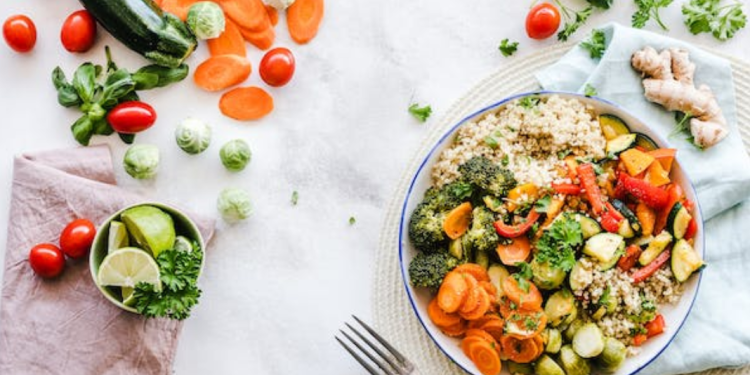Introduction
Navigating the grocery store can be overwhelming, especially when trying to make healthy choices. However, with the right knowledge and strategies, shopping for nutritious foods can be both manageable and enjoyable. In this guide, we’ll explore practical tips and techniques for shopping for healthy foods to support your well-being.
Understanding Food Labels
Before diving into your grocery trip, it’s essential to understand how to read food labels effectively. Nutrition labels provide valuable information about the contents of packaged foods, including serving sizes, calories, and macronutrients. Pay attention to ingredients lists to identify any added sugars, preservatives, or artificial additives. Look for foods that are rich in essential nutrients like fiber, vitamins, and minerals.
Planning Your Shopping Trip
A successful grocery trip starts with careful planning. Take some time to create a detailed grocery list based on your meal plan for the week. Planning your meals in advance helps you make healthier choices and avoid impulse purchases. Organize your list by food categories to streamline your shopping experience and ensure you don’t forget any essential items.
Navigating the Store
As you navigate the aisles of the grocery store, focus on choosing whole, minimally processed foods whenever possible. Start by exploring the produce section and selecting a variety of colorful fruits and vegetables. Fresh produce is packed with essential nutrients and adds flavor and texture to your meals. Next, venture into the perimeter of the store, where you’ll find lean proteins like chicken, fish, and tofu, as well as dairy products like Greek yogurt and cheese.
Smart Shopping Strategies
To make the most of your grocery budget, consider implementing smart shopping strategies. Shop seasonally to take advantage of fresh, local produce at its peak flavor and nutritional value. Buying in bulk can also help you save money on staple items like grains, beans, and nuts. Take the time to compare prices and brands to ensure you’re getting the best value for your money without sacrificing quality.
Budget-Friendly Tips
Eating healthily doesn’t have to break the bank. Look for budget-friendly options like frozen fruits and vegetables, which are often just as nutritious as fresh produce but more affordable. Prioritize essential items like whole grains, lean proteins, and healthy fats, and explore affordable alternatives like store-brand products and generic versions of your favorite foods.
Healthy Snack Options
Stocking up on healthy snacks is essential for maintaining energy levels and preventing between-meal cravings. Prepare healthy snacks in advance, such as cut-up veggies with hummus, Greek yogurt with fruit and nuts, or homemade energy bars. Avoid the temptation of unhealthy snacks by steering clear of the snack aisle and sticking to your grocery list.
Conclusion
Navigating the grocery store can be a daunting task, but with the right approach, it becomes an opportunity to make healthy choices that support your well-being. By understanding food labels, planning your shopping trip, and prioritizing nutritious foods, you can shop with confidence and fill your cart with ingredients that nourish your body and mind.

FAQs
1. How can I avoid impulse purchases at the grocery store?
- Stick to your grocery list and avoid shopping when hungry to reduce the temptation of impulse purchases. Focus on purchasing only what you need to avoid unnecessary spending.
2. Are organic foods worth the extra cost?
- While organic foods may offer certain benefits, such as reduced exposure to pesticides, they can be more expensive than conventionally grown counterparts. Consider prioritizing organic options for items on the “Dirty Dozen” list, which are known to have higher pesticide residues.
3. What are some healthy alternatives to processed snacks?
- Opt for whole-food snacks like fresh fruit, nuts, seeds, and Greek yogurt. These options provide essential nutrients and are lower in added sugars and artificial additives compared to processed snacks.
4. How can I stick to my budget while shopping for healthy foods?
- Set a budget before heading to the store and prioritize essential items like fruits, vegetables, lean proteins, and whole grains. Look for sales and discounts, and consider buying in bulk to save money on staple items.
5. What should I do if I can’t find certain ingredients at my local grocery store?
- If you’re unable to find specific ingredients at your local grocery store, consider exploring alternative options or shopping at specialty stores or farmers’ markets. You can also inquire with store staff about potential substitutions or when certain items may be restocked.




